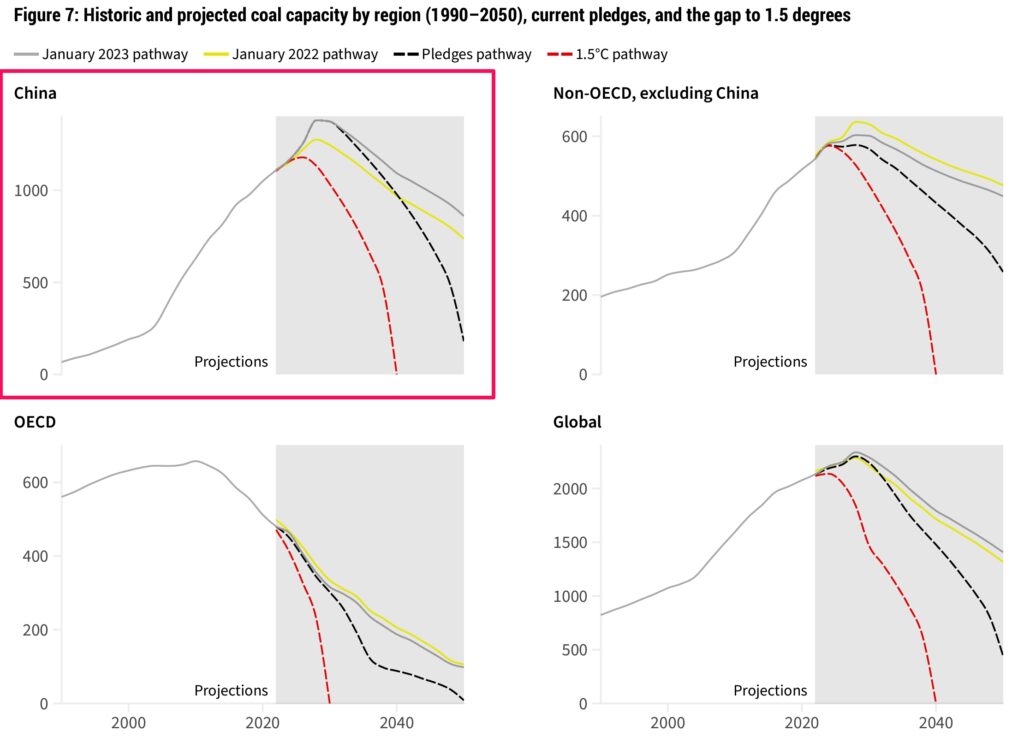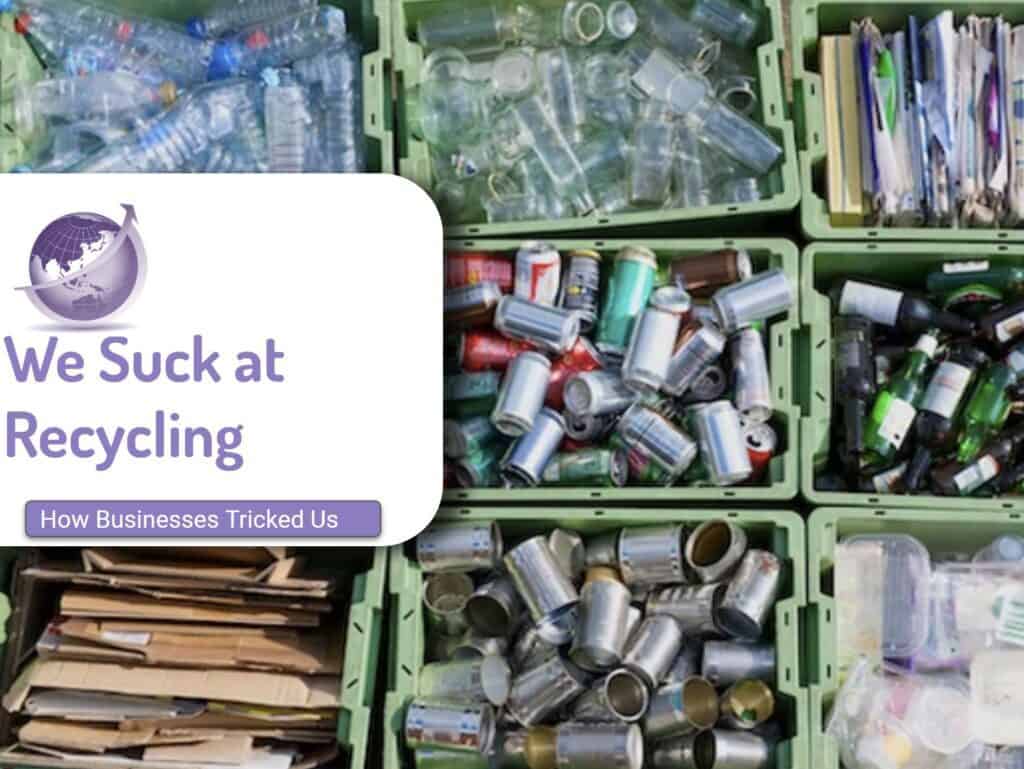Lauri Myllyvitra from the Asia Society Policy Institute predicts Chinese coal drops from 70 to 45 percent by 2030 in an interview with Giles Parkinson and David Leitch from Renew Economy Energy Insiders podcast. The interview reveals the Chinese renewable energy policy in April 2024 and conflicts in local provincial and central national strategies. Lauri lived in China from 2015 to 2018, and was previously with Greenpeace. He understands the complexity of the largest carbon emitter country globally and the challenge interpreting seemingly incompatible trends. In a previous blog post on China’s new energy plan we explored the boom in renewable energy build and central government targets of 25% renewable energy electricity by 2030. Lauri’s prediction is that clean energy will be over 55% by 2030.
Conflicting Information
In news media, conflicting information about
- New coal plants.
- New nuclear plants.
- New transmission lines.
- Rooftop solar increase.
- Huge increase in solar panel manufacturing and deployment
- Continuing fall of battery prices with the increases in battery production and quality.
Huge Growth of Renewable Energy
Rapid Increase In Renewable Energy
- In 2023, China installed over 200GW of solar and 70GW of wind. Nearly 40% of new cars are electric.
- China is electrifying rapidly. Oil consumption has fallen, so all emissions have come from the energy grid.
- China has changed energy demand
Policy Conflicts Between State and Province
The Govt has been driving a massive expansion in local coal mining, striving to decrease imports. (Mining is about 10x Australia mining). The Govt tried to get output up and prices down. However the quality of local coal went down, so plants turned to imports. Reliance on coal does not provide energy security.
The total of coal, gas. hydro and renewable energy far exceeds demand, yet the country has shortages due to old grids along with antiquated and bureaucratic management. Power prices vary by province and market segments. Wholesale prices are cheaper for consumers than factories. Subsidies also distort prices and demands.
- Demand for steel for real estate – has driven emissions, but the downturn in construction and infrastructure will reduce emissions.
- China is the manufacturing factory for goods for global production, and if that continues, emissions will take a while to fall.
Solar and Batteries Expansion
Prices of solar and batteries halved in the last 12 months, whereas they had been decreasing 15% per from innovation and efficiencies – Swansons Law.
Transmission
Many provincial producers have said they cannot increase. The regulations are they should only have 5% curtailment. An increase by relaxing that to 10% enables more to come online. Deployment of solar is driven by provinces who use some themselves but now ship long distances with new HVDC links.
Transmission between provinces is bureaucratic. Island mentalities – similar to USA. The constraint with new grids is regulation, not actually getting wires in place.
Coal Plants as Part of Mix
The number of coal plants in China has risen hugely from 2000 to 2023. In September 2020, the People’s Republic of China announced targets of peaking economy-wide carbon emissions before 2030 and achieving carbon neutrality before 2060. Since 2020, goals have changed. Their Megasolar initiative now plans 25% of electricity to be renewable by 2030. Coal plants and coal usage increased from 3.5mt in 2020 to over 4.5b in 2023. That growth is expected to reduce with the rapid build-out of renewable energy. The megafarm project has stated some 200 plants would be upgraded by 2030 to provide more dispatchable electricity, but the decrease in battery costs may change that direction.
OECD coal is in freefall.

Nuclear Plants Are Peaking
Mainland China has 55 operable reactors with a total capacity of 53 GWe, primarily at sites along its southeast coastline. It also has 23 reactors under construction as of June 2023, totaling 24 GWe. Nuclear contributes about 5% of energy.

Prediction by 2030
China is currently 70% coal and not much has changed over the past 5 years. Myllyvirta predicts hydro has been down due to drought years but is likely to rebound. Increased demand from construction has slowed. The increase in hydro and the rapid build-out of solar and wind will see China move to 45% non-fossil by 2030.
References and More Reading
- World Nuclear Performance Report 2023 Mainland China https://www.world-nuclear.org/our-association/publications/global-trends-reports/world-nuclear-performance-report/countries/china-(mainland)-wnpr-2023.aspx
- Renew Economy Interview 2024 https://reneweconomy.com.au/energy-insiders-podcast-china-china-china
- Balancing Act: Stranded Assets and Flexibility in China’s Power Sector 2023 https://carbontracker.org/reports/balancing-act-stranded-assets-and-flexibility-in-chinas-power-sector/









